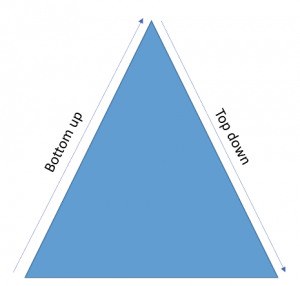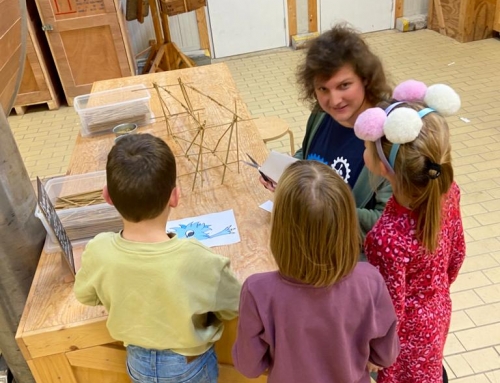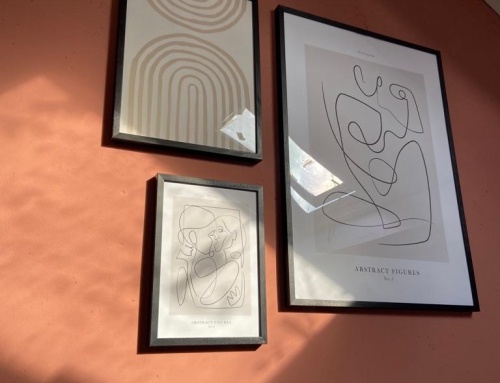In my previous blog, I wrote about transformative social innovation and how this is connected to my interest to bring different perspectives together and find a common ground which result in behavioural change. This blog is about my client, which is the Innovation Square of Breda University of Applied Sciences (BUas). The vision of Innovation Square is ‘enhancing education and research with the industry’. Their purpose is stimulating and facilitating cross overs across BUas domains; valorisation; partnerships with industry; a collaboration between education, research and industry; and the Innovation Square community. They do this by stimulating and facilitating events, connecting people, community management, communication, offering workspaces and creating a network.
Complexity
Innovation Square faces the complex challenge that participants say that they want a community but they act differently. There are many different perspectives and differences in language and communication. Furthermore, they want a system where the participants work bottom-up but the structure is still top-down. As written in the previous blog, this is called the fight between lifeworld and system world (Levine, 2017). I am part of Innovation Square since the beginning and together with a team we started building a community in which students, lectures and companies come together. We had to deal with all these different perspectives, brought people together and faced the complexity of the educational domain. Community building is also the starting point for the new assignment. Nevertheless, I am not the one who is going to build the community. I first have to find out what all the different perspectives within Innovation Square are, what their needs and demands are, which language they speak and find out if a community is needed.

I believe that design thinking is a perfect tool to deal with the complex challenges at Innovation Square and to look at it from a macro perspective, also to deal with societal challenge in for example the education domain. Design thinking is a way of thinking and helps people to act different, think in solutions and act. Instead of one person doing research, a group of people search for solutions by analysing, testing and just doing (Ideate, 2020). In my opinion, this is relevant for Innovation Square and possible by bringing people together, finding the common ground, focussing on the positives and building relationships. Instead of working with a top-down structure we have to work with a structure that is more bottom-up. If we want to evoke change, we have to listen to the needs and demands of the people where it is about and put them in the middle of the process. If they want something, they have to act so instead of doing things for them we have to do it with them.
Liminal thinking
As you can read, there is complexity because of all different perspectives. To define different perspectives and to deal with them, it is relevant to use the liminal thinking theory of Dave Gray (2015). According to Gray, liminal thinking is the art of creating change by understanding, shaping and reframing beliefs. Everybody has beliefs and we see them as reality, we see them as our truth but no one has the whole truth. Beliefs are created because of experiences, we observe them and thereby select things which are relevant for us, our needs. From those needs, we make assumptions and from those assumptions, we draw conclusions. Because of those conclusions we form beliefs, beliefs are everything we know.

The problem is that we think beliefs are reality. We act if our ideas and beliefs are the only truths, we call this the obvious. The obvious is the set of things that we never question because we believe they are the truth. It is kind of a bubble. We include people in the bubble who agree with our truth and reject people who disagree. The bubble is confirmed by self-sealing logic. We use self-sealing logic to defend our beliefs. To solve complex challenges, like Innovation Square, people have to change, they have to deconstruct their beliefs. This is difficult because people construct their beliefs unconsciously.
People have to deconstruct their beliefs, because then it is possible to step out of their bubble. They start seeing and understanding other bubbles and thereby other perspectives. They see that their truth is not the only truth and that they can act differently to achieve something or change something. According to Gray, we cannot change things in the past and we cannot predict the future. If we want to change we have to do it now, at the moment. We have to choose different paths and evoke small changes, eventually, they lead to something big.
Organisations as conversations
For Innovation Square, this is relevant because if they want to achieve their vision and purpose, different behaviour is mandatory. Different behaviour can be achieved by deconstructing beliefs. Because of our constantly changing society, the educational domain also has to change. According to Suchman (2011), we have to look at organisations as conversations instead of as machines. Organisations (educational systems) are living systems that consist of a set of ongoing interactions. This means that we have to focus on the process and the quality of the conversation, instead of being in control it is about being in the right relationship with each other. Within organisational conversations there are two kinds of patterns: patterns of meaning and patterns of relating. The patterns of meaning include organisational identity, knowledge and strategy. The patterns of relating constitute the organisations culture. Both patterns are constantly under construction and they emerge without anyone’s intention, direction or control; they are self-organising. This means that big things can evoke and change because of small interventions or all over sudden. This perspective allows us to approach organisational change in three different ways.
1. Emergent design: an organisation needs to let go of expectations of control. Let the process lead you through the process. Be dynamic and react to changes, try to disturb the process in small things and see what the outcome is. It is necessary to be curious, flexible and try to be in the ‘not-knowing’ state.
2. Focussing attention on the here and now: make a shift in what we should be doing into what are we doing. What is happening right now and how is this valuable? Be the first one who steps out of the existing pattern and try to change it at that moment. Try to notice the constraints in an organization and see if there is an opportunity in changing them. Focus on individual interactions, not on the outcome of the process.
3. Diversity and responsiveness: make use of all differences and perspectives in a group. Give people the feeling that they can tell their thoughts. Therefore it important that people listen to each other. Someone needs to be open to other perspectives and not scared to get influenced by them.
This liminal thinking theory and organisations as conversations metaphor, are both interesting to use for Innovation Square. It is about changing and creating another dialogue. They provide different approaches to deal with different perspectives. The next blog will be about the challenges in the educational domain and how theories and methods like these can be useful to deal with them.





